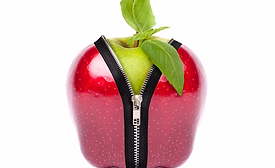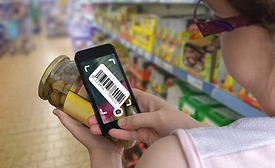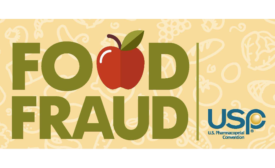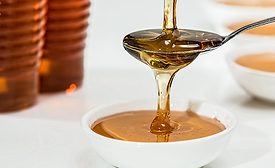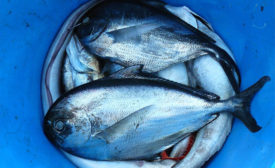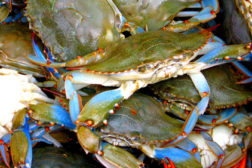Home » food fraud
Articles Tagged with ''food fraud''
Food fraud
Food is now the fourth most valuable counterfeit market, and foods such as olive oil, honey, fish, vinegar, vanilla and coffee top the list.
Read More
Food fraud
How barcodes can help fight food fraud
Food ranks among the top five most valuable counterfeit markets
September 28, 2017
FSMA
USP's new Food Fraud Database aims to help with FSMA
The redesigned database is meant to provide brand protection, increase consumer trust.
August 3, 2016
TECH FLASH
New tool to win the food fraud battle
EMAlert seeks to save manufacturers from economically motivated adulteration.
April 26, 2016
Food Safety
VACCP: HACCP for vulnerability assessments
Vulnerability Assessment and Critical Control Point applies well-understood HACCP principles to protect food and beverage products from fraud and adulteration.
February 17, 2016
TECH FLASH
Oceana applauds seafood fraud bill
The Protecting Honest Fishermen Act of 2015 would ensure expansion of task force guidelines to include all seafood species.
August 12, 2015
Elevate your expertise in food engineering with unparalleled insights and connections.
Get the latest industry updates tailored your way.
JOIN TODAY!Copyright ©2024. All Rights Reserved BNP Media.
Design, CMS, Hosting & Web Development :: ePublishing
